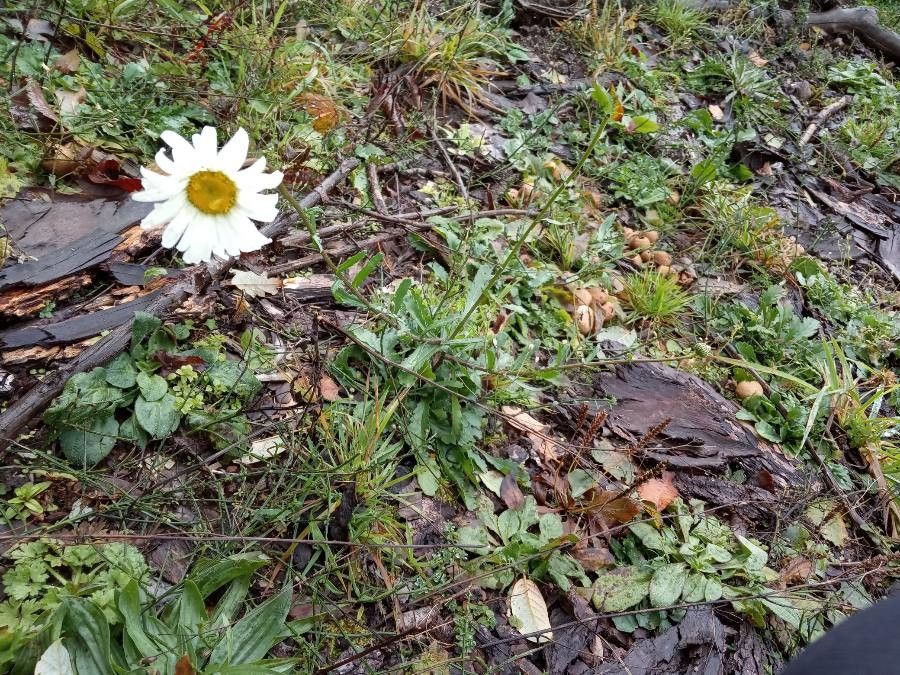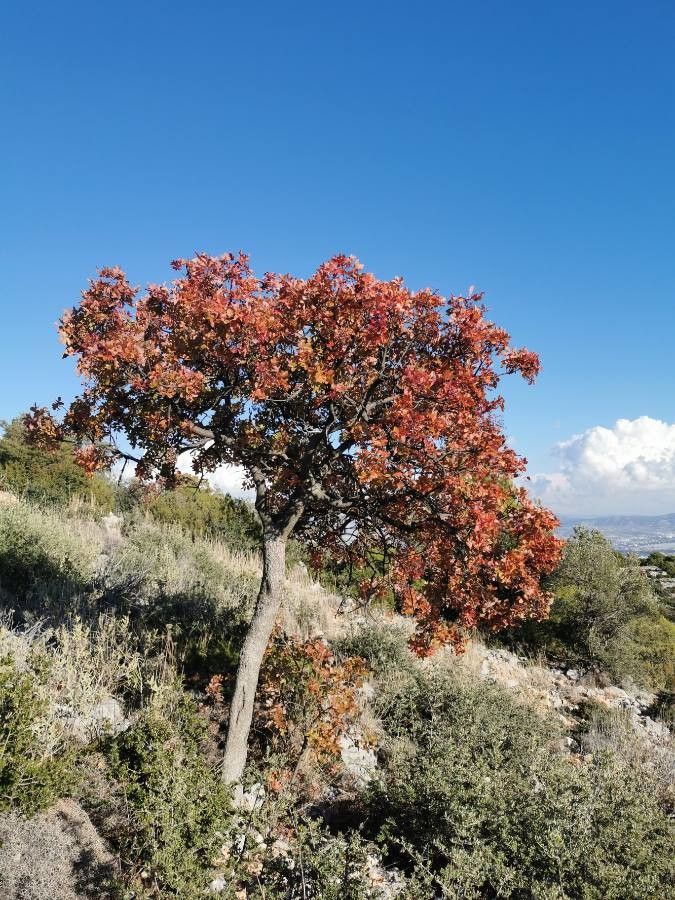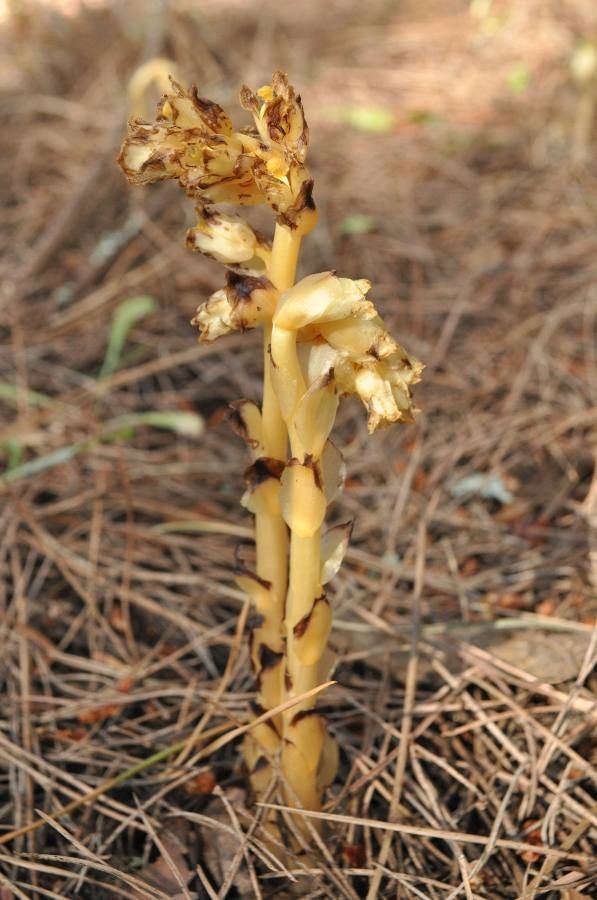# Oxeye Daisy: A Guide to Planting and Care
The Oxeye Daisy (*Leucanthemum vulgare*), a member of the Asteraceae family, is a cheerful and ubiquitous wildflower known for its bright white petals and sunny yellow center. Its cheerful appearance makes it a welcome addition to meadows, wildflower gardens, and even cottage gardens, though its vigorous nature means careful consideration is required.
### Botanical Characteristics
Oxeye Daisies are perennial plants, meaning they return year after year. They typically grow to a height of 1 to 3 feet, with each stem producing a single flower head. The flowers are daisy-like, with numerous white ray florets surrounding a central disc of yellow disc florets. The leaves are lanceolate to ovate, toothed, and somewhat hairy. The plant has a robust taproot system.
### Habitat and Growth
Oxeye Daisies thrive in a variety of conditions, but prefer full sun to partial shade. They are remarkably adaptable to different soil types, tolerating poor, dry soils but preferring well-drained conditions. They are incredibly hardy and can withstand periods of drought once established. Their natural habitat includes meadows, pastures, roadsides, and disturbed areas – testament to their hardiness and adaptability.
### Planting Oxeye Daisies
Oxeye Daisies can be propagated from seed or by division of established plants. Seeds can be sown directly outdoors in spring or fall. For best results, sow seeds in well-prepared soil, ensuring good drainage. Keep the soil consistently moist until germination. Division is best done in spring or fall, separating the clumps and replanting them in suitable locations. This method of propagation allows for quick establishment and flowering in the following season.
### Care and Maintenance
Oxeye Daisies are relatively low-maintenance plants. Once established, they require minimal care. Regular watering is necessary, especially during dry periods, until they are well rooted. Deadheading (removing spent flowers) will encourage more blooms and prolong the flowering season. These plants are generally pest and disease-resistant, though occasional fungal issues can occur in overly wet conditions. Regular inspection and prompt treatment with appropriate fungicides can address any such problems.
### Invasive Potential
While beloved by many gardeners for their carefree beauty, Oxeye Daisies are considered invasive in some areas. Their prolific self-seeding can lead to rapid spread and out-competing native vegetation. Before planting, research local regulations and consider planting them in contained areas to manage their spread, particularly if you are working in a conservation-focused environment. Regular deadheading can help to prevent excessive self-seeding.
### Conclusion
Oxeye Daisies offer a classic wildflower charm and are a beautiful addition to any garden. Their hardiness, adaptability, and ease of care make them a popular choice for gardeners of all levels. With a little understanding of their growth habits and potential invasiveness, you can enjoy these lovely blooms for years to come.
Oxeye Daisy: Planting, Care & Growing Guide

Frequently Asked Questions
How to grow oxeye daisies from seed?
Sow seeds directly outdoors in spring or fall in well-prepared, well-drained soil. Keep the soil moist until germination.
Is oxeye daisy invasive?
Yes, Oxeye Daisy can be invasive in some regions due to prolific self-seeding. Consider planting in contained areas or regularly deadheading to manage spread.


